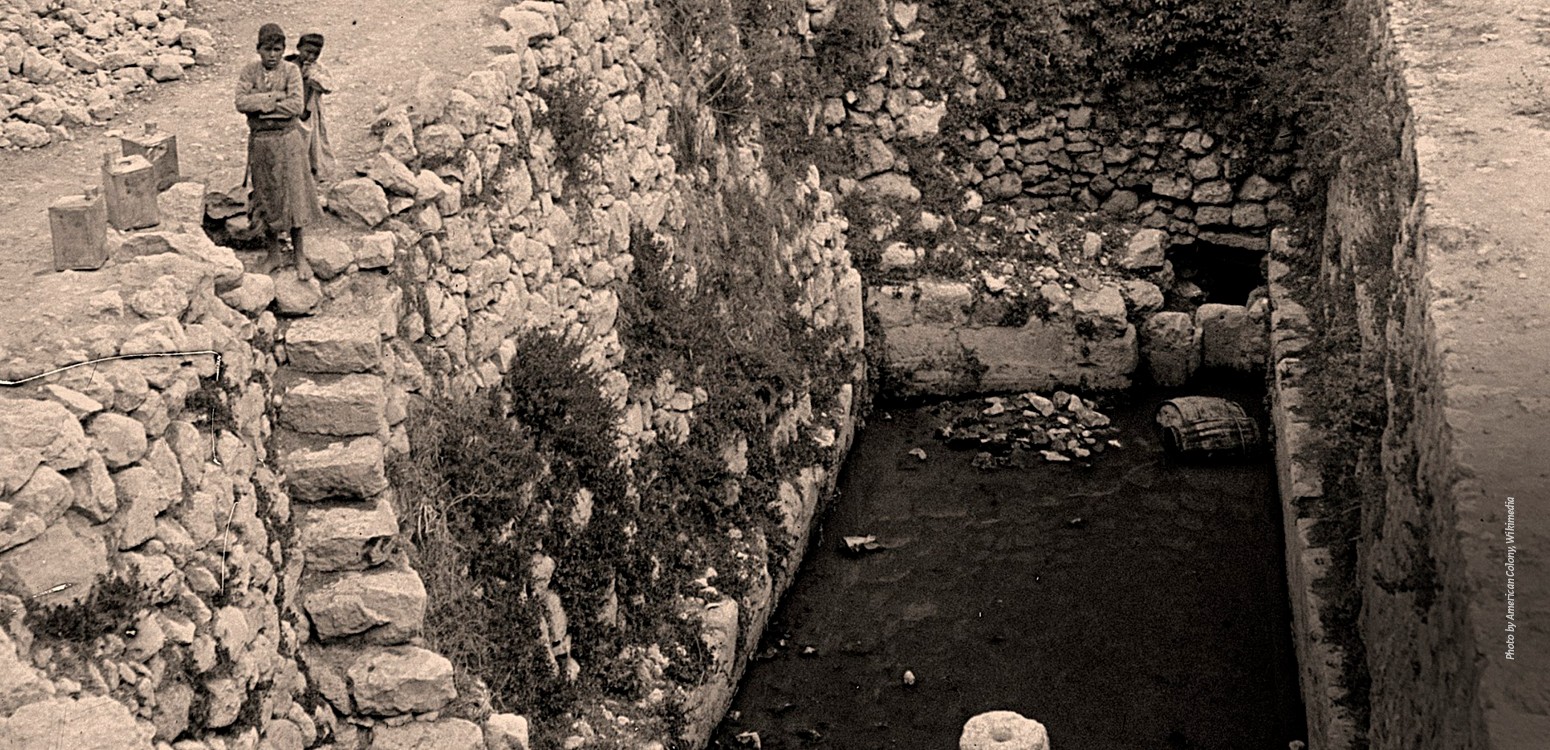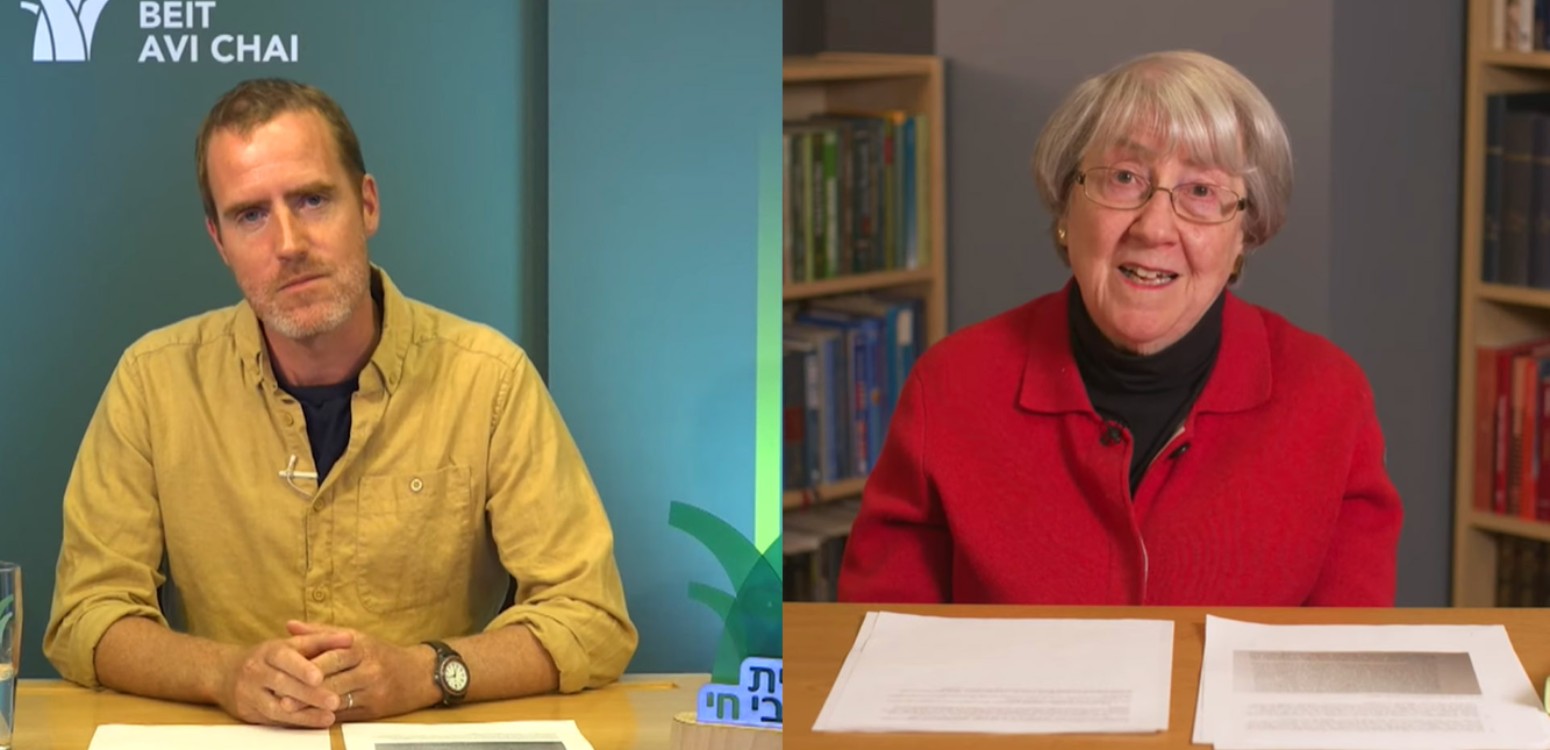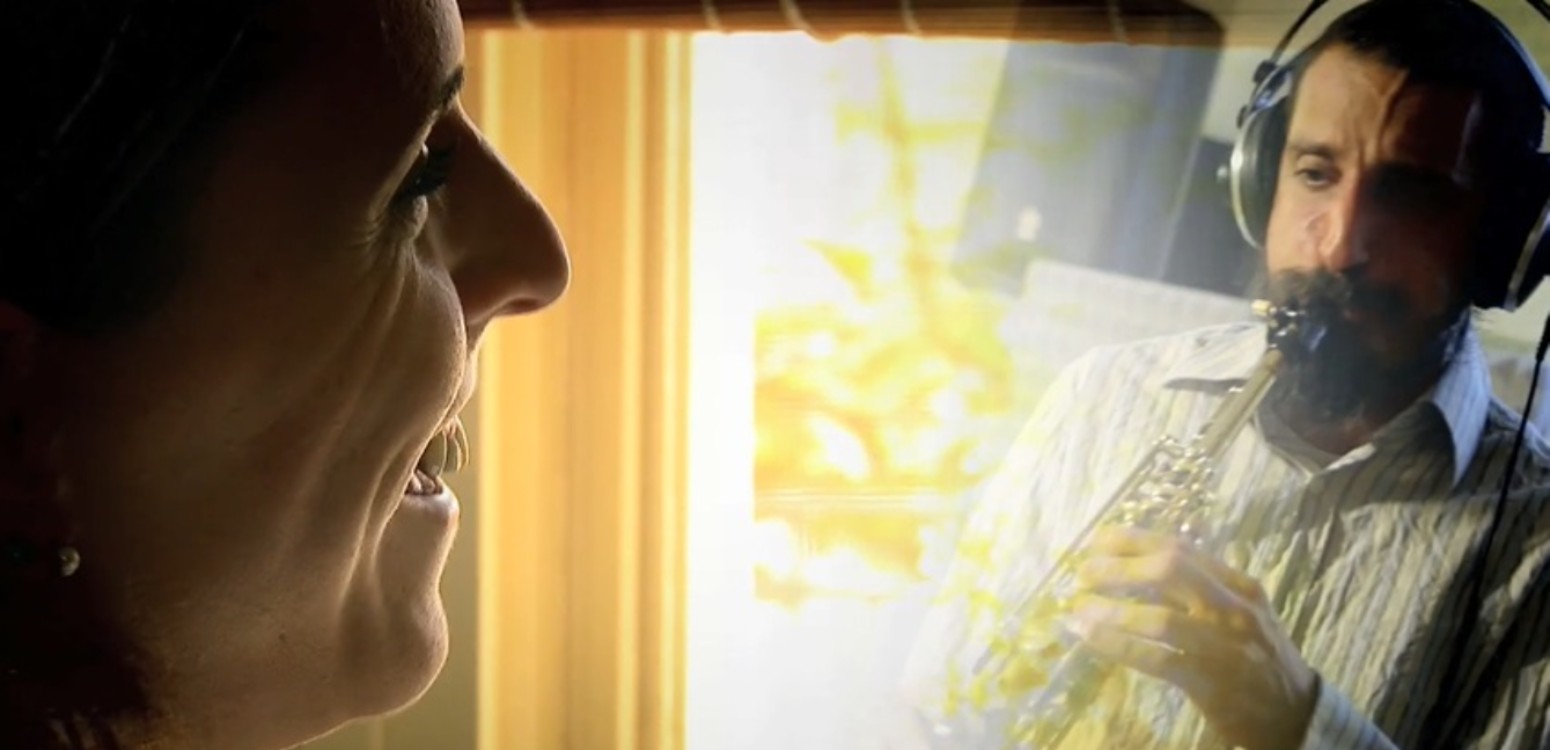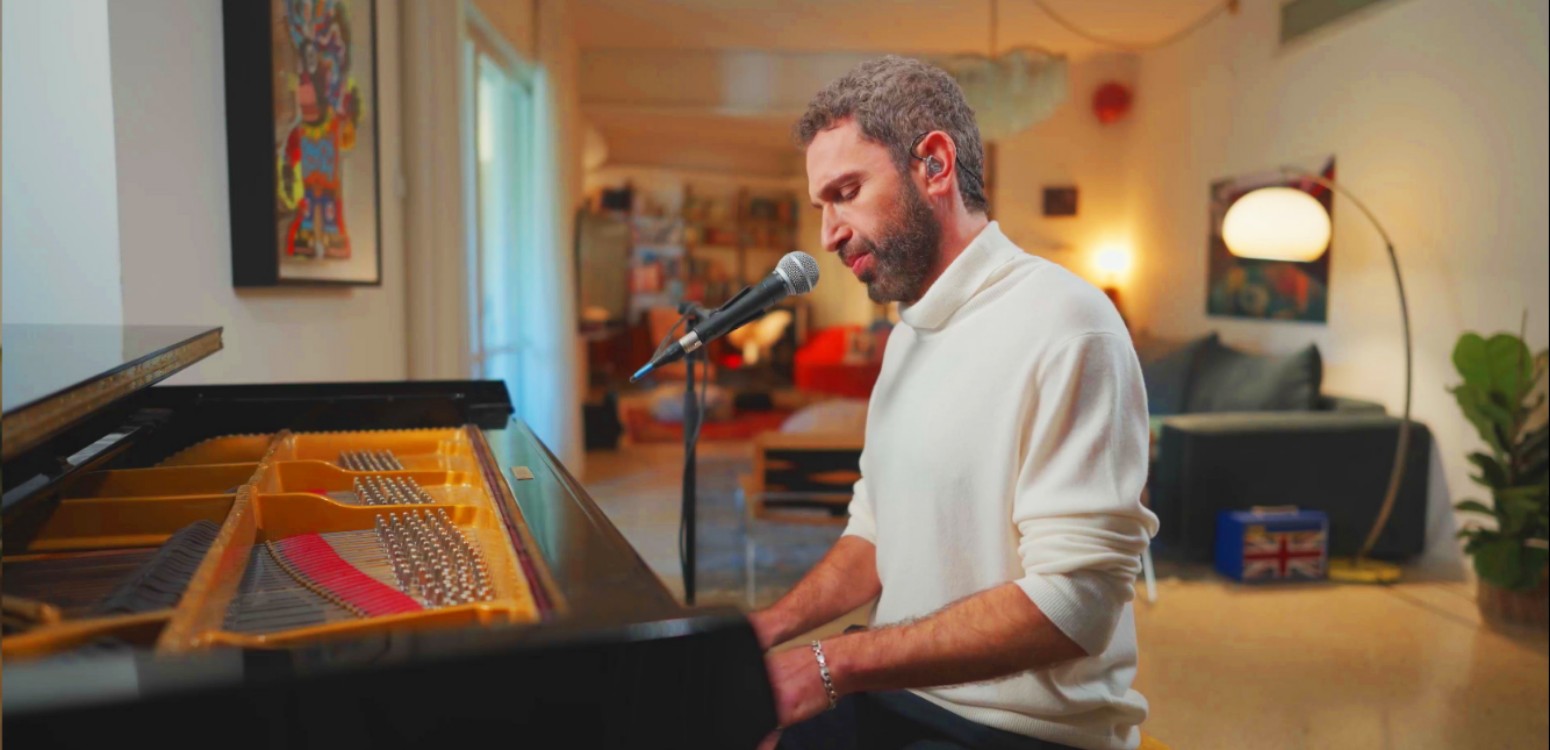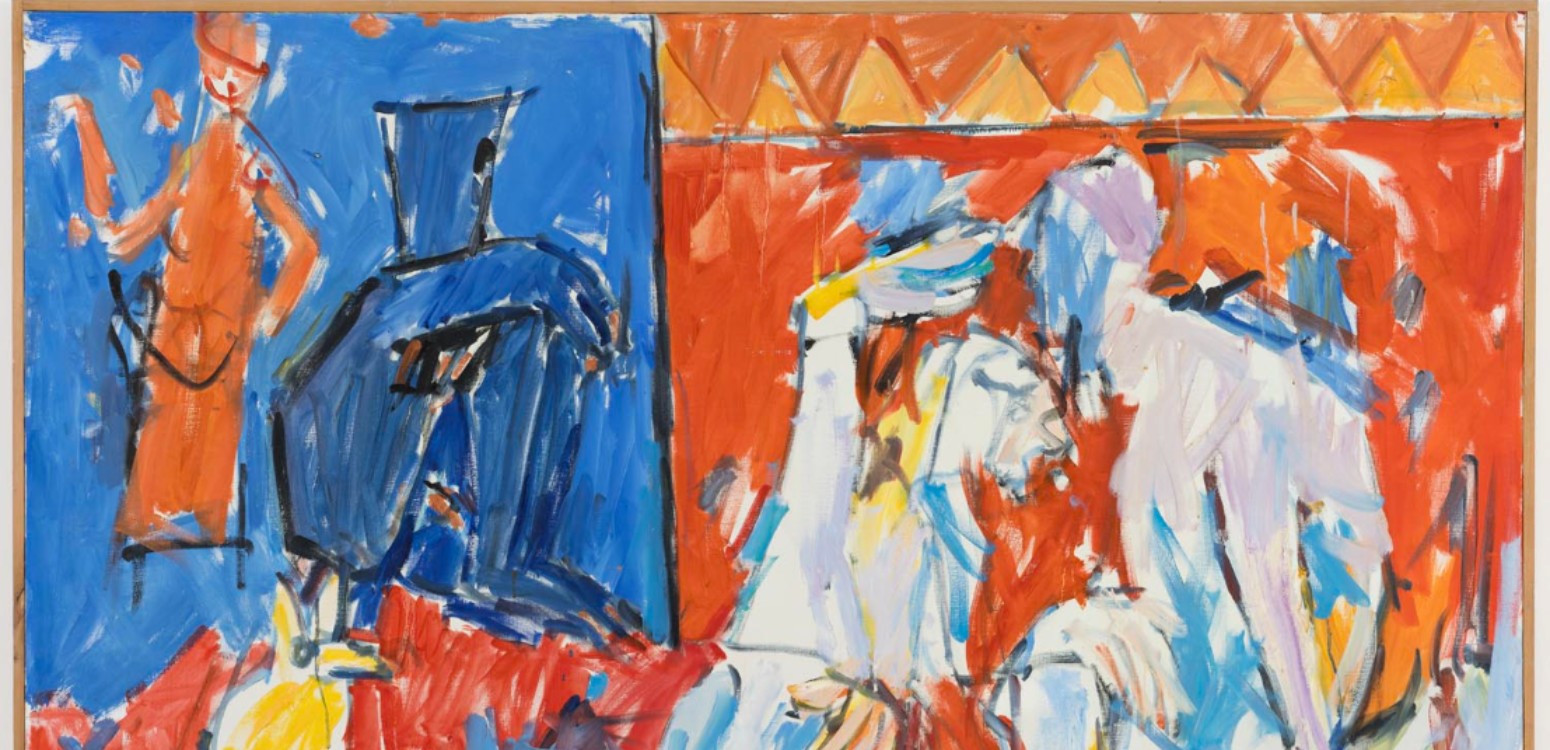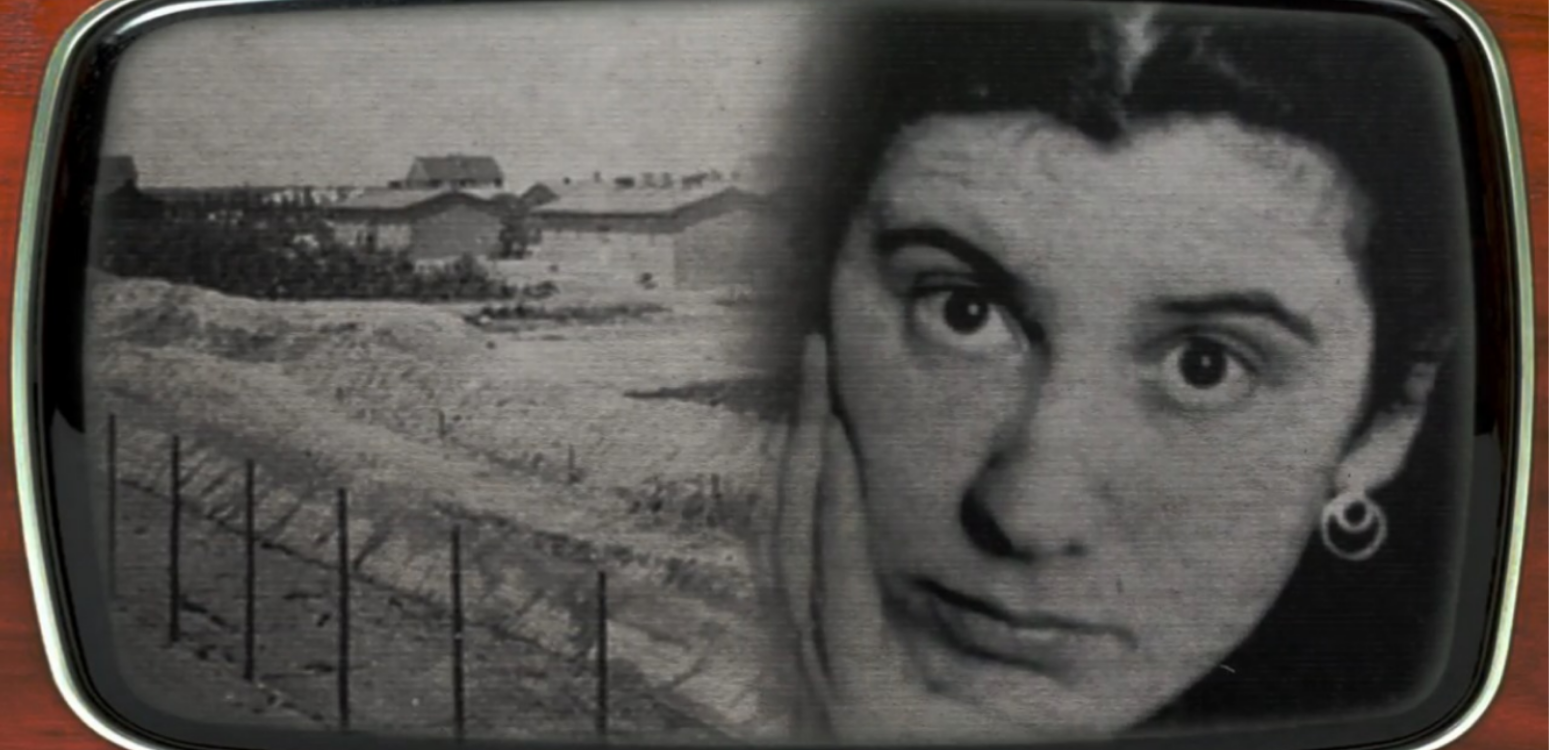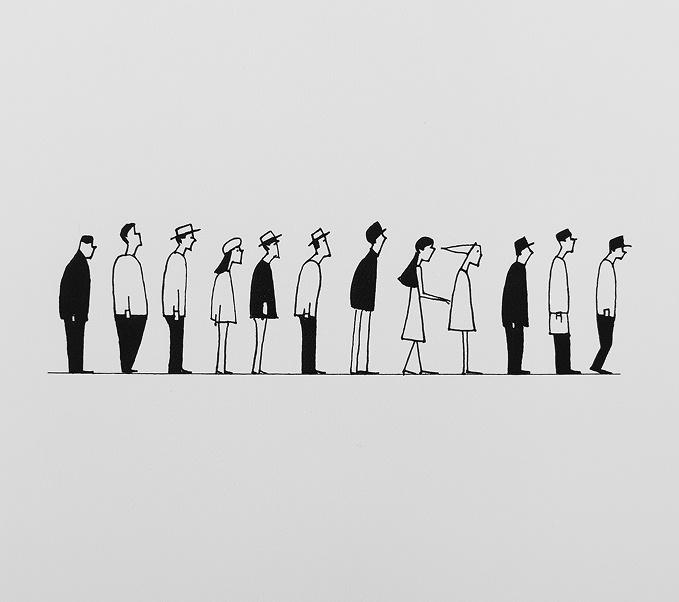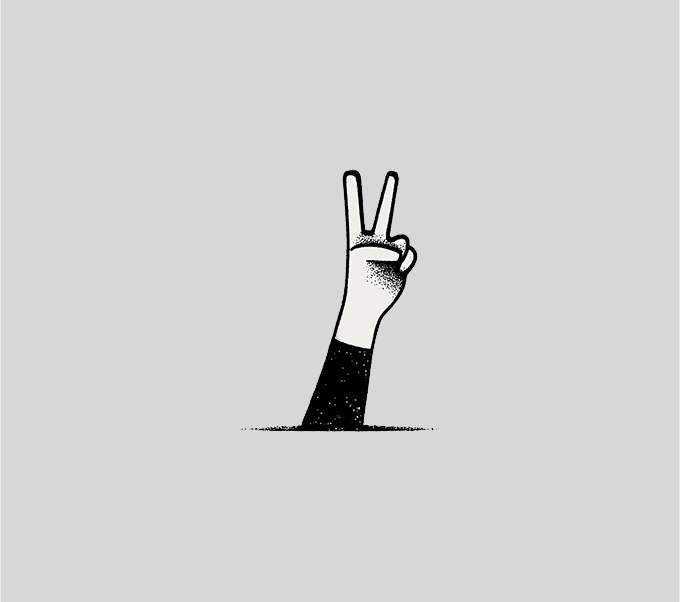Between the ancient wisdom of the Talmud and the cutting-edge philosophy of the Islamic Golden Age stood Sa’adia Gaon – a brilliant mind who refused to choose between tradition and innovation. His extraordinary legacy spans continents and centuries, from his Arabic Torah translation still used by Yemenite Jews to his pioneering dictionary work that revolutionized Hebrew scholarship
At a time when Judaism stood at a crossroads, one man’s intellectual courage forged a path forward that reverberates to this day. That was Sa’adia Gaon, the intellectual giant whose revolutionary approach to reconciling faith with reason not only saved Judaism from fragmentation but created a blueprint for Jewish thought that continues to inspire.
Born Sa’adia ben Yosef al-Fayyumi (al-Fayyumi refers to his birthplace in Faiyum) in Egypt, this intellectual giant would transform Judaism at a crucial moment when the Jewish world stood at the precipice of profound change.
The Jewish world of the X century was fragmented across continents, threatened by the Karaite schism that rejected rabbinic authority, and facing the intellectual challenges of Islamic philosophy that dominated the intellectual landscape. Into this fractured reality stepped Sa’adia, armed with an extraordinary vision – to reconcile traditional faith with rational thought without sacrificing either.
Applying rational methods to sacred texts
At just 20 years old, Sa’adia began his intellectual journey by composing the “Agron,” a lexicographical work also known as “The Rudiments of Hebrew Poetry”. This early achievement foreshadowed his revolutionary approach to Jewish scholarship – applying systematic, rational methods to sacred texts and traditions. By 23, he had already begun his fierce defense of rabbinic Judaism against Karaite challenges, establishing himself as the defender of tradition through reason rather than mere authority.
“The Book of Beliefs and Opinions,” his magnum opus completed in 933, represents the first systematic integration of Greek philosophical methods with Jewish theology, written in Judeo-Arabic to reach the widest audience. This wasn’t mere academic exercise – it was the means of intellectual survival. While Christian Europe languished in its Dark Ages, Sa’adia engaged with the most sophisticated philosophical traditions of his time, creating a framework that would influence Jewish thought for centuries.
.jpg)
His brilliance extended beyond philosophy to biblical exegesis, Hebrew linguistics, poetry, and halakhic jurisprudence. In 928, he was appointed Gaon (meaning “genius” in modern Hebrew), spiritual leader of the Jewish community in the early medieval era. Sa’adia was elected the head of the prestigious Sura Academy in Babylonia – the first foreigner to hold this position – where he fearlessly defended rabbinic Judaism even when it meant confronting the powerful exilarch David ben Zakkai in a dispute that temporarily cost him his position.
Preserving Jewish unity
When Aaron ben Meir attempted to alter the Jewish calendar calculation system – a change that would have split Jewish communities worldwide – Sa’adia’s intervention preserved Jewish unity through meticulous scholarship and forceful leadership. His “Book of Festivals” definitively resolved the calendar controversy, demonstrating his commitment to maintaining Jewish cohesion across geographic divisions.
His Arabic translation of the Torah – revolutionary for making scripture accessible to Arabic-speaking Jews – transformed biblical study and remains a cornerstone of Yemenite Jewish tradition to this day. Indeed, Sa’adia’s influence on Yemenite Jewry is profound, with their prayer books, liturgical poems for Yom Kippur and Sukkot, and religious practices still bearing his unmistakable imprint.
In modern Israel, Sa’adia’s legacy lives on through streets bearing his name, scholarly institutions studying his works, and a renewed appreciation for his pioneering approach to reconciling tradition with modernity. His model of engaging fearlessly with the intellectual currents of his day while remaining steadfast in faith continues to inspire Jewish thinkers navigating contemporary challenges.
Sa’adia died in 942, but his intellectual revolution never ended. He showed that Judaism could thrive in dialogue with other traditions while maintaining its essential character – a lesson as vital today as it was back then. His greatest legacy may be in proving that faith and reason need not be adversaries but can strengthen each other.



